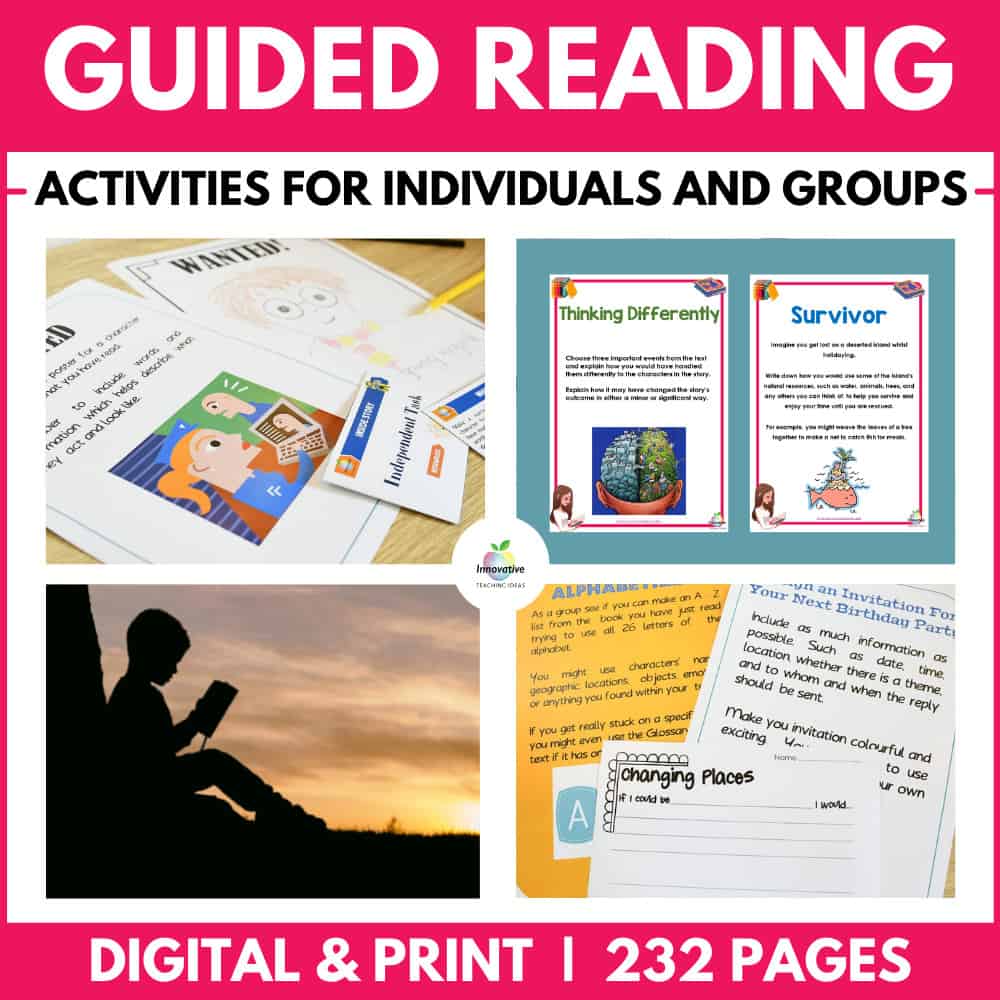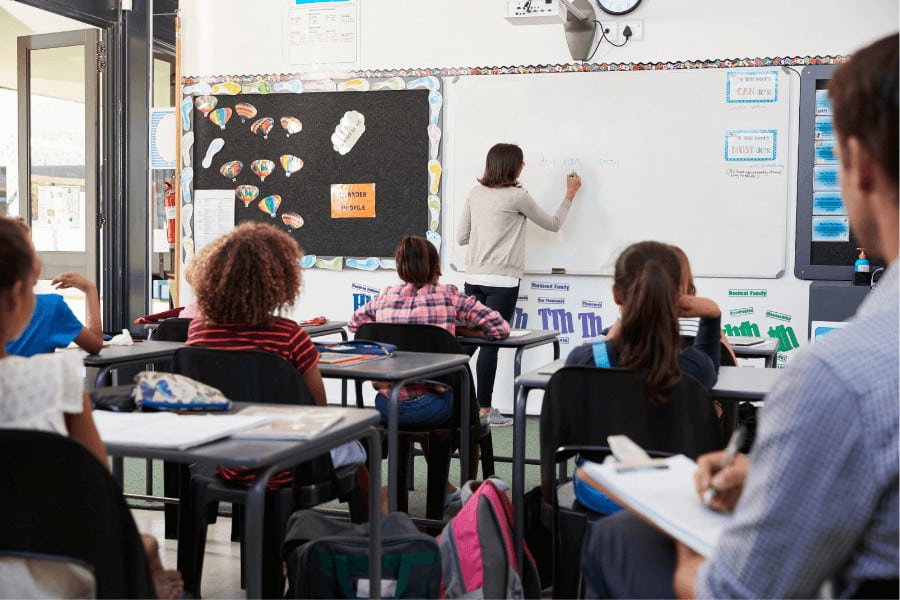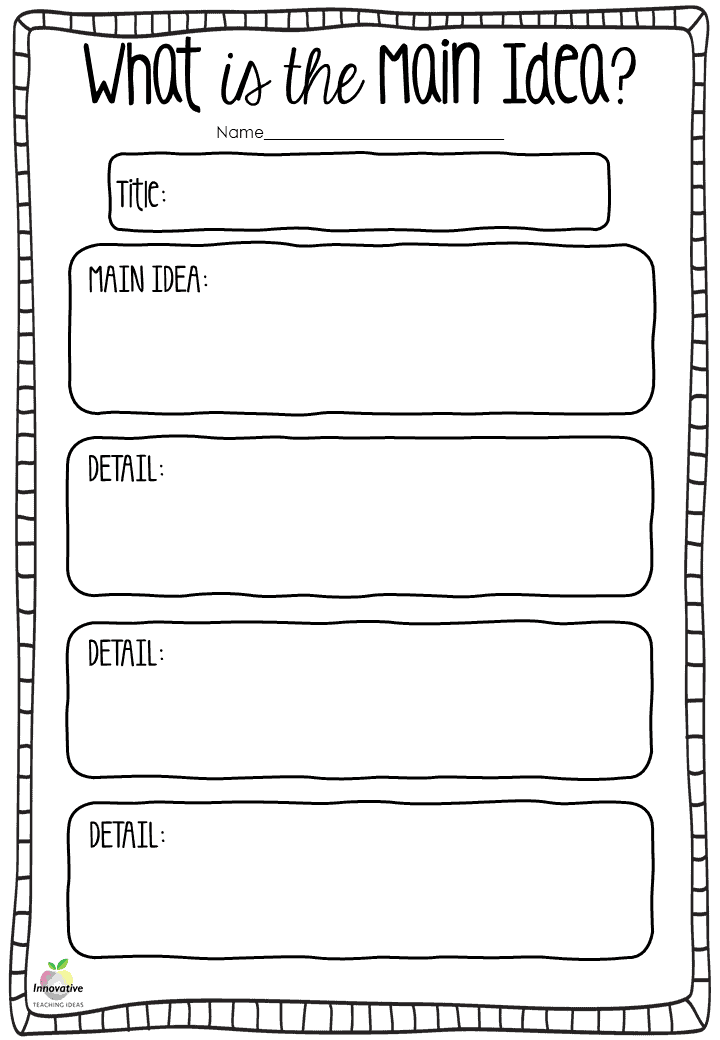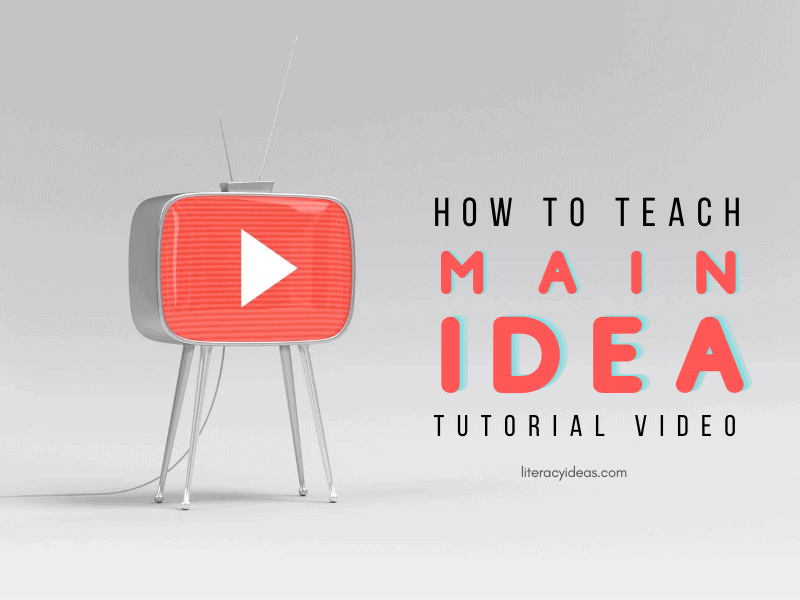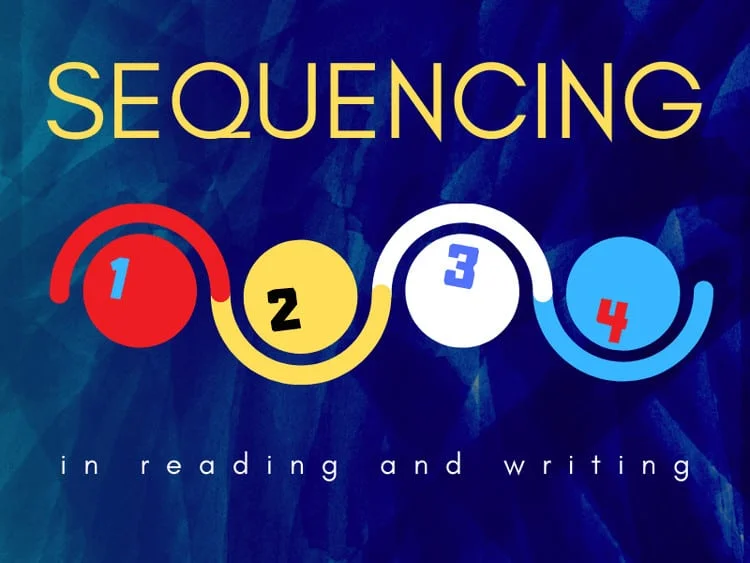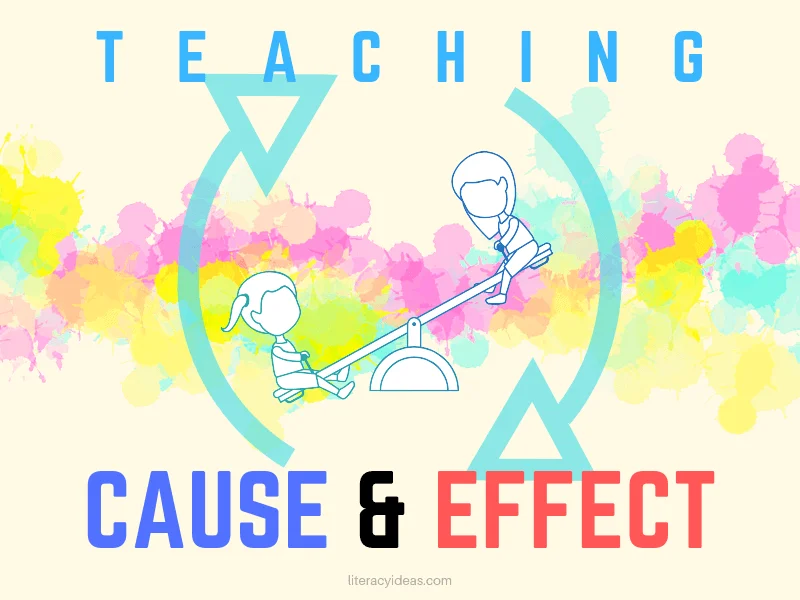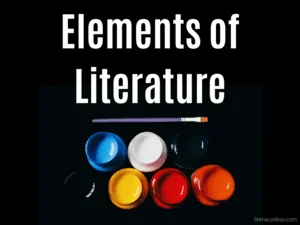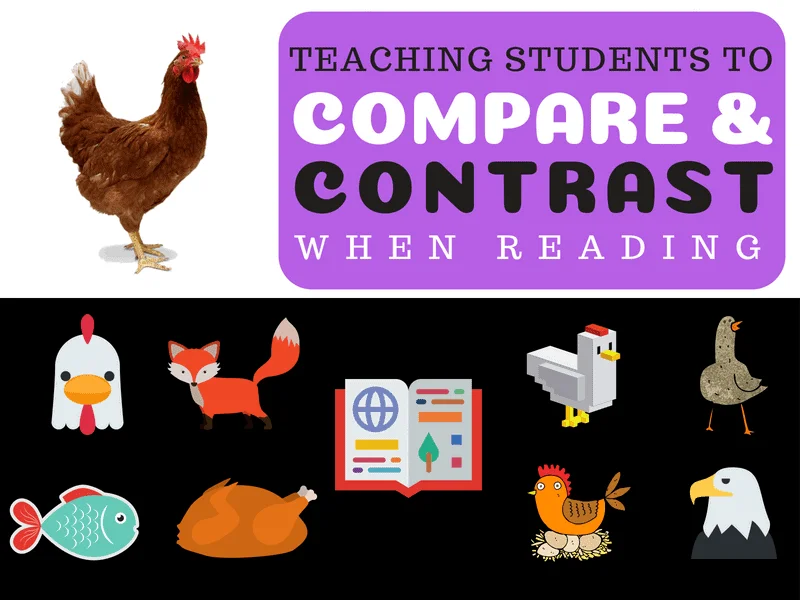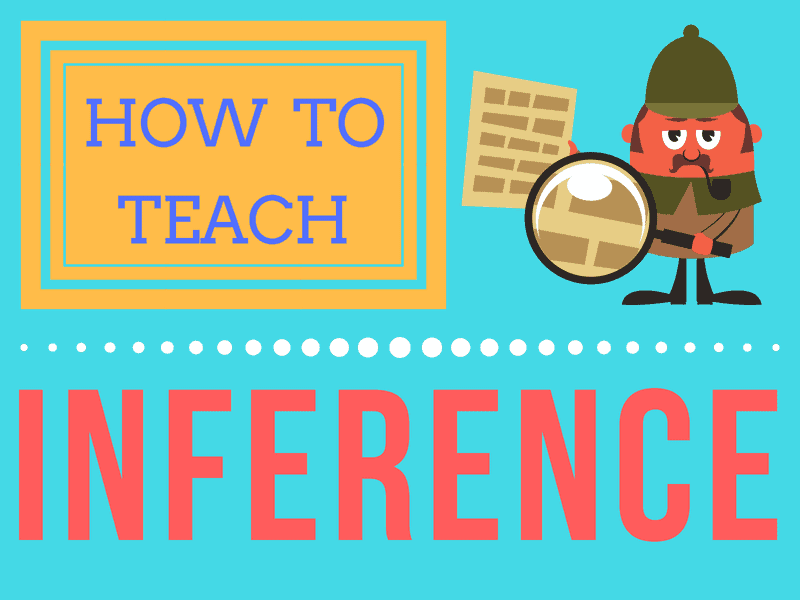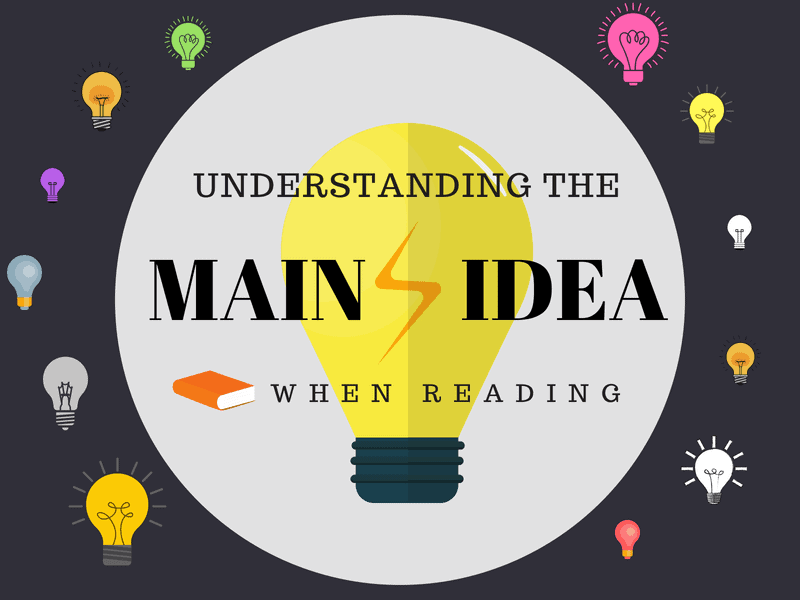
READING FOR MEANING: IDENTIFYING THE MAIN IDEA OF THE STORY
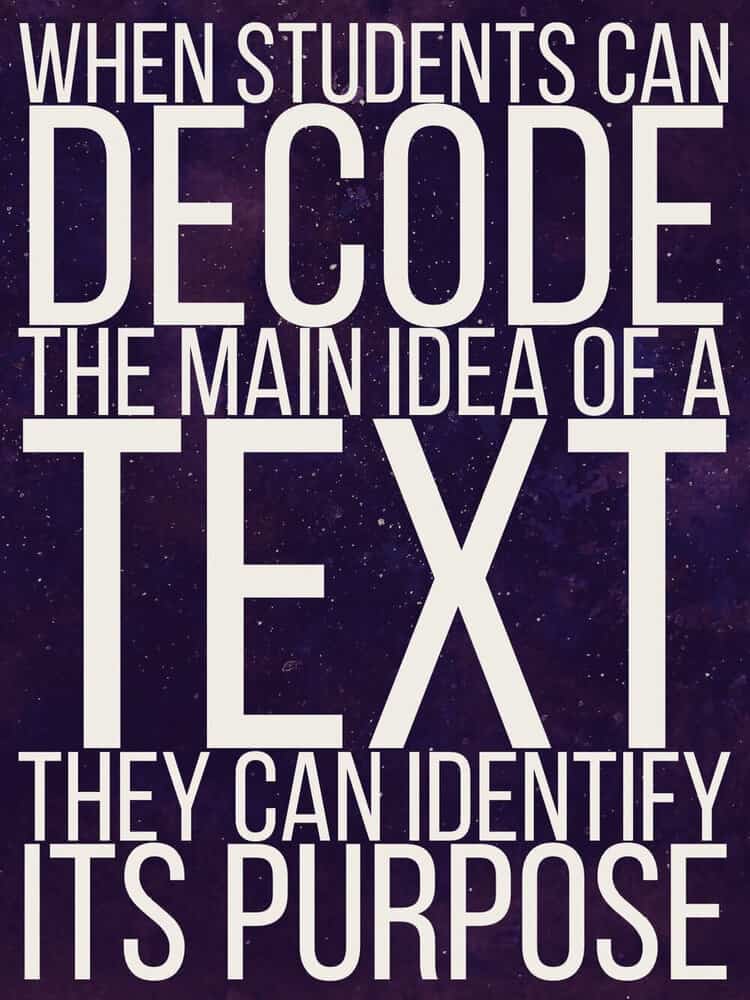
We have all been there, though it can often feel as futile as the search for that proverbial needle in a haystack…
Finding the main idea of a piece of writing can be challenging, but it is an essential reading comprehension skill for our students to develop. Students that become skilled in this art will benefit from it far beyond the perimeters of the school gates. From the small print of an insurance document to writing a book review, the ability to filter a text and identify its central idea is as much a crucial life skill as an essential literacy-based learning objective. Though it isn’t always easy, luckily, there is much we can do to help our students hone their abilities in this area.
WHAT IS ‘THE MAIN IDEA’? DEFINITION
Whether we are talking about the main idea of a paragraph, a poem, a chapter, or a longer text, finding the main idea requires the reader to identify the topic of a piece of writing and then uncover what the writer wants us to know about that topic.
As is so often the case, it is best to start small. When working with students on how to identify the main idea, begin by having students locate the main idea in a sentence before building up to locating it in a longer paragraph. As students gradually build their confidence in identifying the main idea in paragraphs, they will soon be ready to move on to longer texts in the form of chapters and eventually full-length books.
A WORD ON PARAGRAPHS
The main idea of a sentence is usually fairly straightforward to identify. Often it is as simple as identifying the subject of the sentence. Whole chapters or books, on the other hand, can seldom be easily reduced to expression in the form of a single, main idea. For these reasons, the paragraph offers the student the most suitable format in which to practice their main idea identification skills.
Usually, if the writer knows what they are doing, we can identify a single main idea in every paragraph. We can think of this as the key point that is usually expressed as a topic sentence. It is often found in the paragraph’s first sentence, with subsequent sentences providing the supporting details. It can, however, occur in the middle, at the end, or even be split across the paragraph. It may not even be there at all – at least not explicitly.
Writers are a creative bunch, and so students will require more sophisticated means to accurately identify the main idea in all cases and that is exactly what this article will help you help your students to do.
HOW IS A MAIN IDEA EXPRESSED?
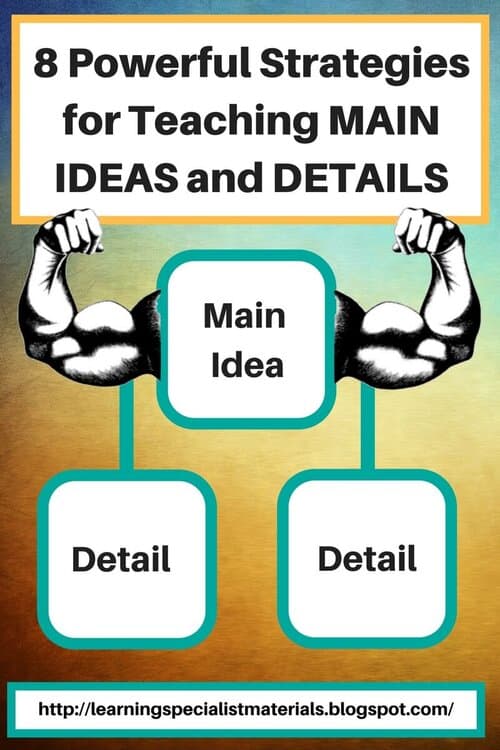
It can appear to be a reasonably clear-cut task to define the main idea, so why is it often so problematic for students to identify it? Well, the truth is that it needn’t be so. Often the central concept is expressed directly in the text and is as easy to identify as your own face in the mirror.
However, the main idea will not always be expressed so explicitly, and students must learn to identify it, whether it is expressed directly or merely implied, if they are to fully comprehend what they are reading.
THE STATEMENT OF THE MAIN IDEA
Attention is the key to pulling the main idea from a text, whatever the genre. Students need to identify the most relevant information from the work and use it to develop a statement expressing what they perceive as the main idea.
We can refer to this as The Statement of the Main Idea. This statement should be a lean sentence or two. The process of composing this statement starts with asking questions about the text. Not all questions will apply to every text, but they will provide a good starting point for extracting the main idea from any piece of writing.
● Who – Can the student identify the person or people the text is about?
● What – Can the student identify the topic or underlying theme of the text?
● When – Can the student identify a reference to a specific time or period?
● Where – Can the student identify a specific place or a setting?
● Why – Can the student identify a reason or explanation for what happens in the text?
● How – Can the student identify a method or theory in the text?
These questions, and variations of these questions, can help students draw out what the text is about. The two most important questions of those above are who and what. These will sufficiently elicit the information required to identify the main idea in most circumstances. But, the actual litmus test of whether the student can absorb the text’s central idea is whether or not they can summarize what they have read in their own words.
The Litmus Test: Summarizing and Paraphrasing
We know through our experience in the classroom that learning through teaching is a highly effective instructional strategy. It also offers teachers opportunities to observe and assess their students’ grasp of the concepts they have been working on. Similarly, when we ask our students to summarize or paraphrase the main idea of an extract, we are creating an opportunity to observe their comprehension of what they have read and their ability to identify the main idea therein.
You can also encourage students to regularly practice these skills by challenging them to paraphrase and summarize things you have said or read to them in class, even during lessons entirely unrelated to literacy. Encourage them to be concise and to the point; you may even wish to set a word limit of 10 or 15 words within which they must express the main idea. Keep it lean!
STRATEGIES FOR SUCCESS IN IDENTIFYING THE MAIN IDEA
Get The Gist
In this method, give each student a copy of a nonfiction paragraph. If you wish, you can differentiate for students’ different abilities by choosing extracts of varying complexities. Regardless of the level of difficulty, the approach will remain the same. Have students:
1. Ask themselves who or what the paragraph is about.
2. Ask themselves what is the most essential information about the who or what.
3. Restate the main idea in 10 words or less.
You can model this strategy for your students by first walking them through the process. Project the text onto the whiteboard for shared reading and, with focused support and prompting, have them answer the initial questions.
Part 3 of the process above can be undertaken as a piece of shared writing which will model the correct approach before students begin to do it independently. Later, when students have written independent statements of the main idea, they can compare their responses and offer each other feedback. After feedback sessions, they can be given a further opportunity to redraft and modify their statements for accuracy and brevity.
Through these processes, students will improve their ability to identify and express the main idea clearly and concisely.
Get the Gist – Longer Texts
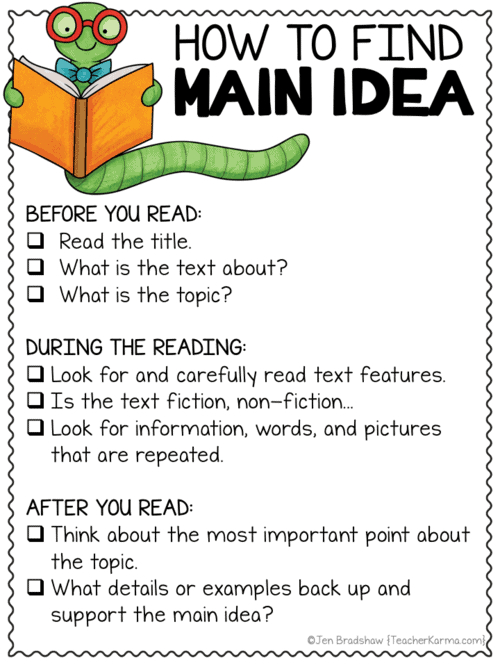
As we mentioned earlier, it isn’t always easy to reduce a longer extract, such as a chapter, down to a single central idea – much less a whole book! There will be times, however, when students will be asked to do just that. They will need a systematic approach to help them in such circumstances. The following process provides for a practical approach:
1. Look at the title – Often, the title provides a good indication of the topic of the text or at least helps to orientate the reader in the direction of the main idea.
2. Look at the extract’s first and last sentences/paragraphs – Often, the main idea will be introduced and summarized respectively in these parts of the text.
3. Look for repeated words and phrases in the extract -The frequency with which they occur will be a strong indicator of their relative importance and will point students toward that elusive main idea.
4. Instruct students to ask themselves, “What does the writer want me to know?” – Answering this question successfully will require them to uncover the text’s main idea.
As the students work through the above steps, they can highlight, underline, or circle the keywords and phrases and then use these to help them form their main idea statement.
HOW TO LOCATE THE MAIN IDEA WHEN IT IS IMPLIED
Inferring the main idea requires students to look for patterns in the details as they read. When the main idea is explicit, the student must first identify the topic of the writing before determining what it is the writer wants the reader to know about it. If the main idea is not stated explicitly in a sentence or paragraph, then it is implied, and students must consciously work to uncover it by analysing the details to infer the main idea. Conscious practice of this strategy will soon see it become second nature, and the student will quickly become skilled in identifying the main idea even when it is not stated explicitly.
Conclusion
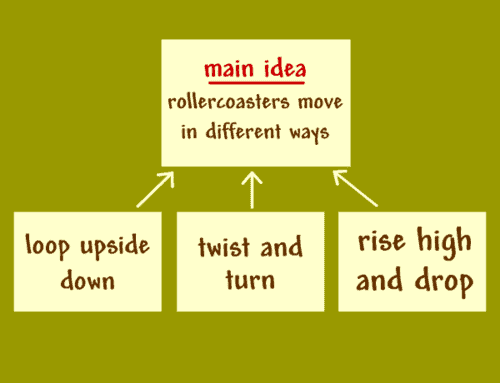
To efficiently identify the main idea in a piece of writing, students should first determine the text’s topic. Then, they will need to work out what it is the writer wants us to understand about that topic. This is the essence of how to identify the main idea.
Students should understand that the main idea may not always be explicit, and they may need to work hard to uncover precisely what the text implies. Regardless of whether the main idea is explicit or implicit, every paragraph will have the main idea. Students should understand that it can be located at the beginning, in the middle, at the end, or even be split up throughout the paragraph.
With perseverance and hard-earned experience, students can use various methods and, at times, a fusion of these methods to uncover the main idea with speed and accuracy. Soon they will be able to apply these methods to a broad range of texts over a wide range of lengths and complexities.
Teaching Resources
Use our resources and tools to improve your student’s writing skills through proven teaching strategies.


